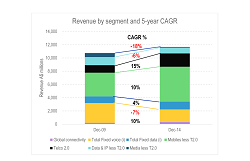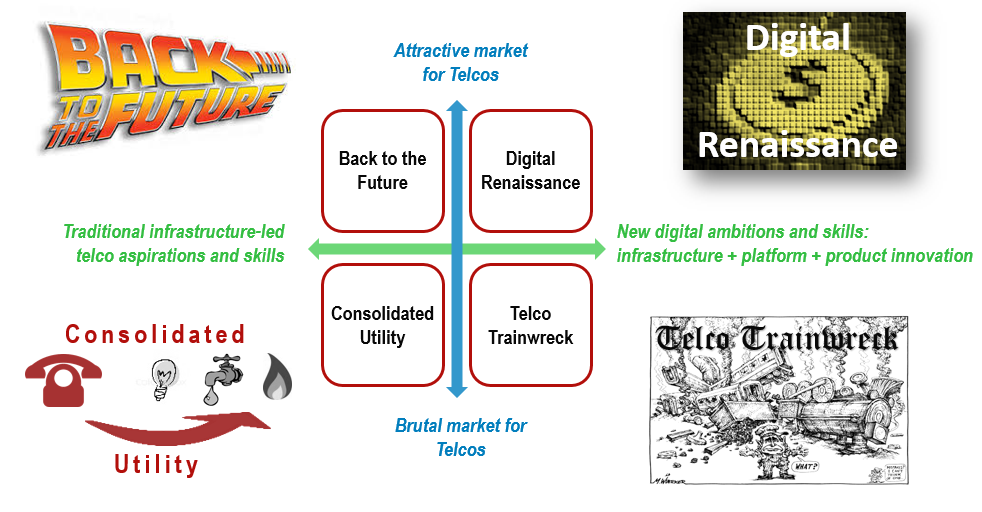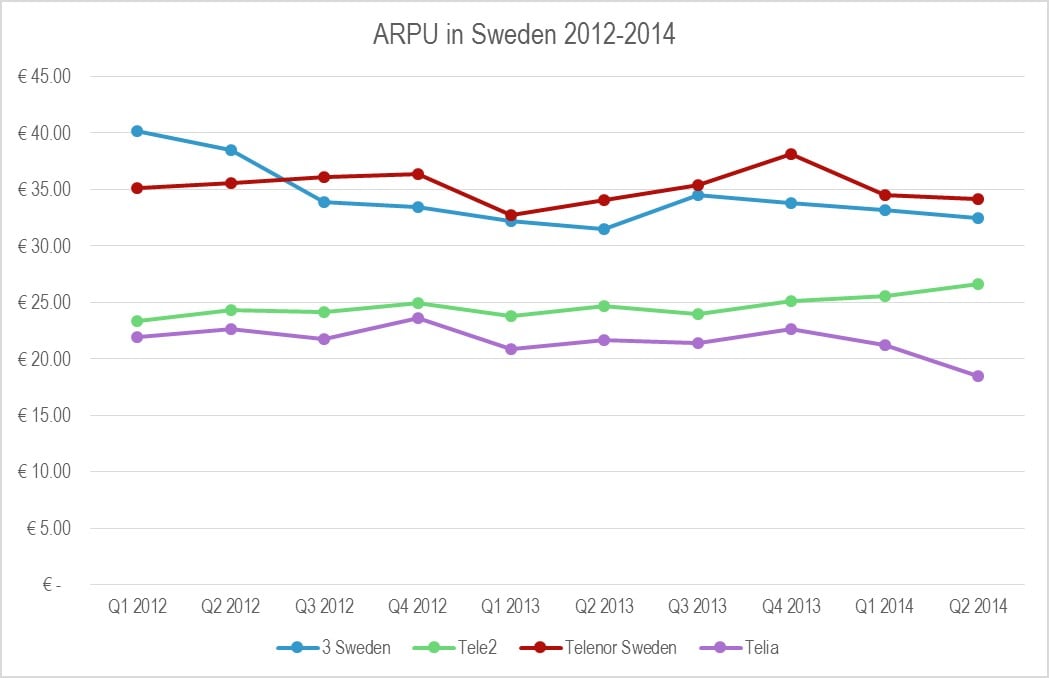
How to build an open source telco – and why?
Building a telco based on ‘free’ open source software is theoretically highly attractive to telcos, particularly those looking to increase their control over innovation and differentiation, and/or where cost reduction is critical. This report looks at how to address the challenges, identifies practical options and choices, and how, when and why to go about open source transformation in the real world.





